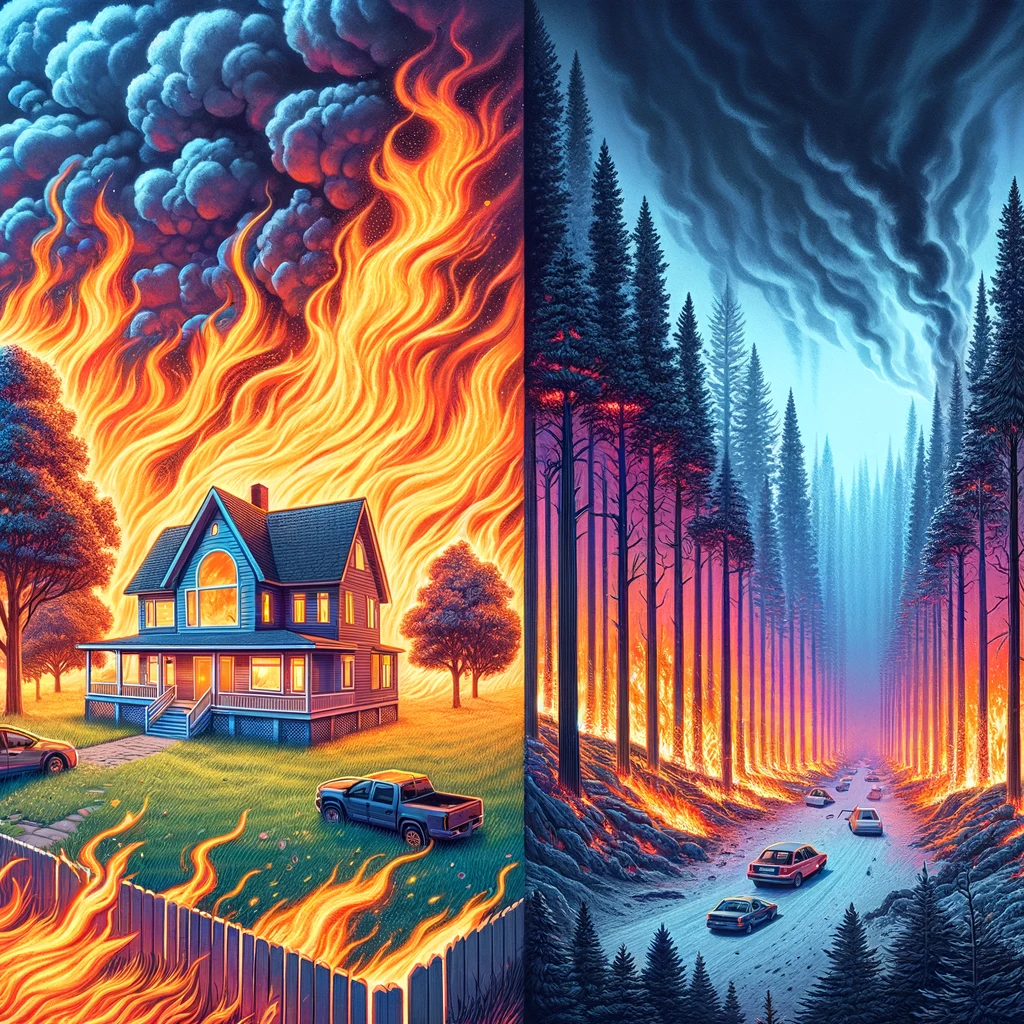In a revealing shift in wildfire patterns, recent studies highlight an often-overlooked danger: the destructive power of grassland and shrubland fires in the United States. Despite the dramatic coverage forest fires receive, these lesser-known fires have caused more devastation in recent decades, posing a growing threat to homes and communities.
The Rising Threat of Non-Forest Fires
Over a 30-year period, from 1990 to 2020, grassland and shrubland fires have been responsible for the majority of home destructions in wildfire incidents across the contiguous United States. This startling revelation comes from a comprehensive analysis of wildfire data, including land use and housing, conducted by researchers including ecologist Volker Radeloff. Their findings, published in the renowned journal Science, show that these fires have consumed approximately 337,000 square kilometers, significantly more than the 144,000 square kilometers affected by forest fires.

Urban Expansion and Climate Change: A Dangerous Combination
The study underscores the role of the wildland-urban interface (WUI) in escalating wildfire risks. As housing developments burgeon into wildland vegetation areas, they become more vulnerable to wildfires. This danger is compounded by climate change, which has been linked to an increase in the frequency and intensity of such fires. The number of homes within wildfire perimeters has notably doubled since the 1990s, a trend driven by both new housing growth and an expansion in burned areas.
Case Studies: From Surprise to Catastrophe
The study references several catastrophic incidents, such as the 2021 Marshall fire in Boulder’s suburbs and the 2023 Lahaina fire in Hawaii, to illustrate the devastating impact of non-forest wildfires. These events, characterized by rapid spread through grasslands, have led to significant loss of life and property. They serve as stark reminders of the heightened risks in areas where human settlements and wild vegetation intertwine.
Living with Fire: Adapting to a New Reality
The increasing prevalence of homes in fire-prone areas, driven by the demand for affordable housing and the allure of living closer to nature, necessitates a shift in how communities prepare for and respond to wildfires. Proactive measures, including fireproofing homes and planning evacuation routes, are essential in mitigating the risks posed by these fires.
As the studies reveal, the evolving nature of wildfire risks requires a new understanding and approach to fire management and community planning. The increased prevalence of grassland and shrubland fires, coupled with urban expansion into high-risk areas, calls for heightened awareness and preparedness to protect homes and lives against this underestimated threat.










